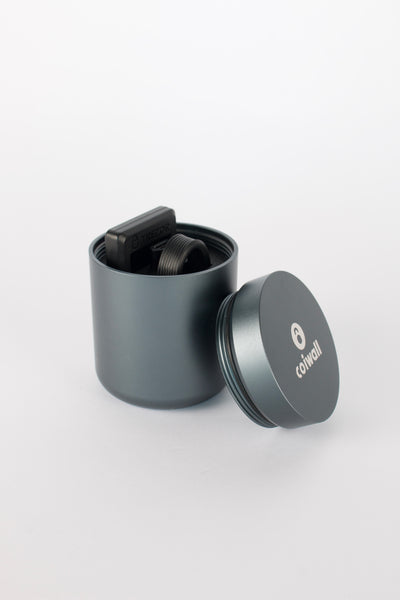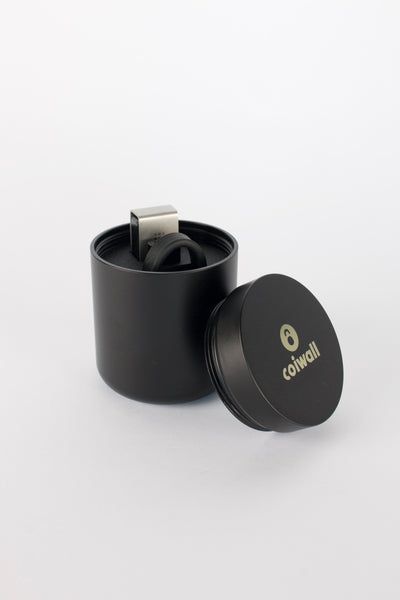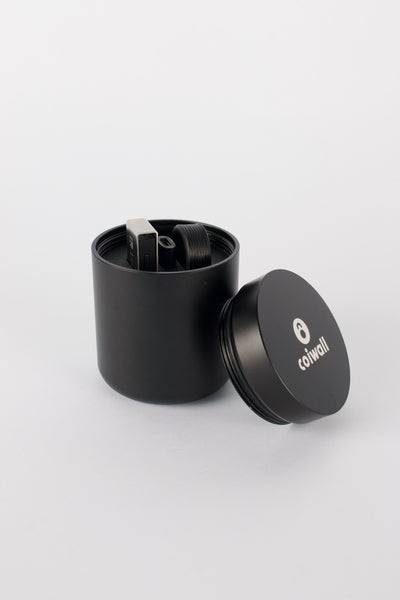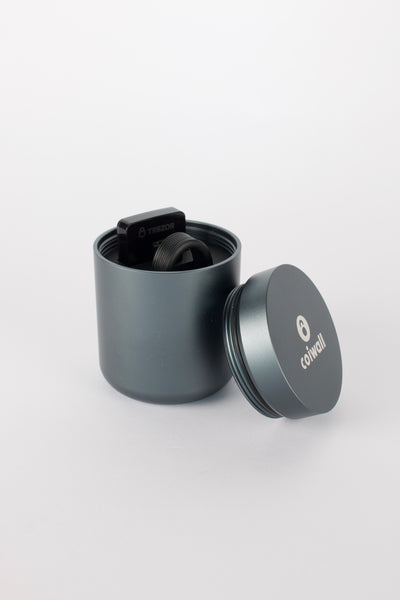Ever get that feeling of déjà vu after looking at your crypto portfolio? One minute you’re up, grinning like a lottery winner, the next you’re staring at the charts, wondering if your coins evaporated into digital thin air. That, my friend, is volatility at work—and let’s be honest, it’s the heartbeat (and at times, the heartburn) of the financial world.
The Roller Coaster: What Is Volatility Really?
Let’s lay it out plainly: volatility is just a fancy term for how much an asset’s price zigzags over time. Imagine tracking the price of Bitcoin for a month. If it meanders sideways, barely budging, you’re in low volatility territory. But if it’s darting up one day and plummeting the next, you’ve stepped into the wild world of high volatility—a place both feared and beloved by traders.
In finance-speak, volatility is measured by something called standard deviation. It’s a statistic folk use to figure out how much prices are dancing away from their average. The bigger the dance moves, the greater the volatility. Some like to use formulas: Volatility = σ√T (with σ being standard deviation and T the time period), but honestly, if you see your portfolio doing somersaults, you don’t need a calculator to know volatility’s in the room.
It’s Not All Chaos—Volatility Has Its Rhythms
Now, here’s a quirky thing: volatility isn’t about whether prices are going up or down. It just measures how dramatically they move. You could have an asset shooting consistently upwards—think of that lucky friend who got into Ethereum early—but if the path is smooth, the volatility is low. Conversely, if the price is ping-ponging, even with no real net gain, volatility clocks in high.
Examples That Hit Home
- Stocks: Blue-chip companies like Apple often see lower volatility (slow climbs, soft drops). Meanwhile, meme stocks? Buckle up.
- Cryptocurrencies: If you’ve dabbled in Dogecoin or watched Bitcoin react to Elon Musk’s tweets, you know exactly what wild price swings look like.
And those swings aren’t always random. Earnings reports, economic news, and plain old rumors can whip up storms. For crypto, add regulatory news and even the odd celebrity endorsement into the mix. That’s why you’ll see massive candle wicks on price charts after some spicy announcement.
Why Is Crypto So Wildly Volatile? Let’s Spill the Tea
If you picked up Bitcoin or Ethereum, you probably know by now: crypto plays by different rules. Traditional stocks have decades of trading, regulations, and established investor bases to keep them in check. With crypto? Not so much. Smaller market size, fewer institutional players, and 24/7 trading—all make crypto a whole other beast.
Add on thin trading volumes for lesser-known coins, and you get wild swings—sometimes on nothing but a fleeting rumor. Ever watched a coin spike because of a tongue-in-cheek Reddit post? Welcome to crypto’s volatility circus.
Honestly, it’s a double-edged sword. High volatility means big risk—but also the potential for big rewards, if you time things right. Traders might see it as an opportunity playground, while long-term holders might clutch their Ledger or Trezor wallets a little tighter, gritting through the swings.
Ledger, Trezor, and the Nerve Game
Speaking of hardware wallets, brands like Ledger and Trezor are godsends for storing cryptocurrency—keeping your investments safe while the market does its crazy dance. During tumultuous swings, seasoned holders know one thing: it’s not just about surviving volatility; it’s about locking things down so panic selling doesn’t get the better of you. Hardware wallets? The digital equivalent of storing your cash under a mattress, but with a security upgrade.
How Is Volatility Measured (Without Losing Your Mind)?
Let’s do a quick reality check—there’s more science here than just gut feeling. Financial types like to measure volatility using statistical tools. The big one is, as mentioned, standard deviation. But in mainstream markets, there’s even an official 'fear gauge'—the VIX, or Volatility Index, which tracks option pricing to guess how wild markets might get. Sadly, crypto doesn’t have a direct equivalent, but analysts often look at how wide and rapid price swings are, or compare daily price ranges over time.
For a quick analogy: think of volatility like the weather. Some days, the forecast is boring and predictable; other days, you get thunderstorms, sunbursts, and maybe a tornado watch. Both climate and markets have rhythms and outliers, but volatility? That’s the emotional temperature swing you feel when glancing at your portfolio.
Why Does Volatility Matter Anyway?
Let me explain. For traders, high volatility is both thrill and torture. Sharp moves mean more chances to profit—if you’re nimble. For average folks or investors with, let’s say, weaker stomachs, volatility is what keeps you up at night. That emotional rollercoaster isn’t for everyone.
- For seasoned veterans: Trading swings become opportunities to buy low and sell high.
- For long-term holders (a.k.a. HODLers): Weathering volatility is about patience, strong security practices (hello again, Trezor!), and discipline.
- For businesses and big investors: Hedging tools—like futures or options—sometimes come into play, cushioning against those wild surprises.
It’s a bit like surfing: thrill-seekers chase the biggest waves, while others prefer calmer waters. Both can win, but only if they understand the risks involved.
Do Volatility and Risk Walk Hand in Hand?
You know what? That’s a common misunderstanding. Volatility sure measures potential risk, but it doesn’t tell you if prices will go up or down—just how violently they’ll swing. An asset could be perfectly stable... before a shock sends it spinning. That’s why savvy investors always weigh volatility against potential returns, never just by gut.
Still, the human side comes into play: Fear and excitement, driven by sharp price changes, fuel both bubbles and crashes. It’s almost poetic—the way markets whip around, reflecting our own hopes and anxieties. And yeah, sometimes it feels a bit unfair, but the market never promised an even ride.
Should You Worry or Embrace It?
Ultimately, volatility is here to stay. It shakes weak hands and rewards the patient (or brave) souls who keep calm through the squalls. Whether you’re in it for the thrill or the long haul, understanding volatility is the key to surviving—and maybe even thriving—in crypto and beyond.
So next time your phone buzzes with price alerts, remember: you’re not alone. The whole world’s watching those charts zig and zag. Hold tight, breathe, and—if you’re really feeling nervous—make sure your Trezor or Ledger wallet is nearby. After all, in the wild ride that is crypto, sometimes the best thing you can do is buckle up and enjoy the view.











